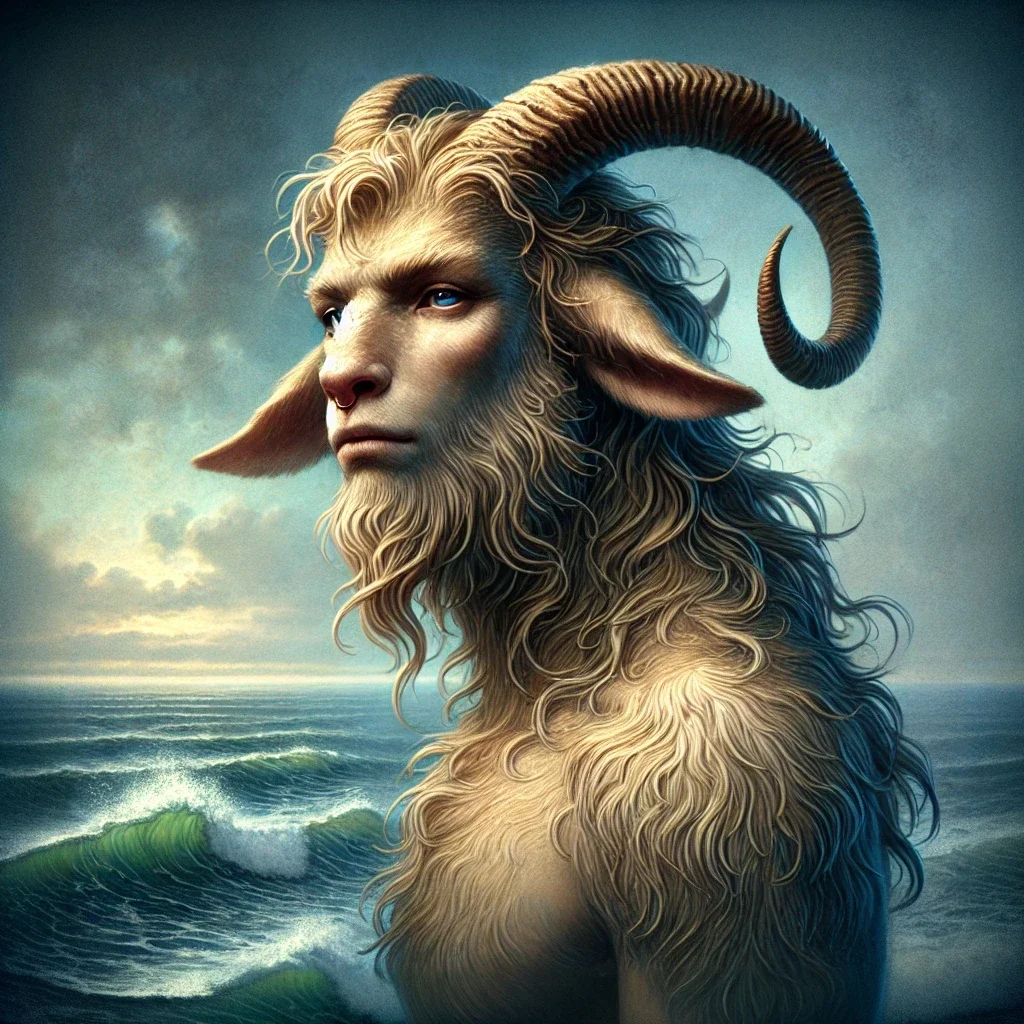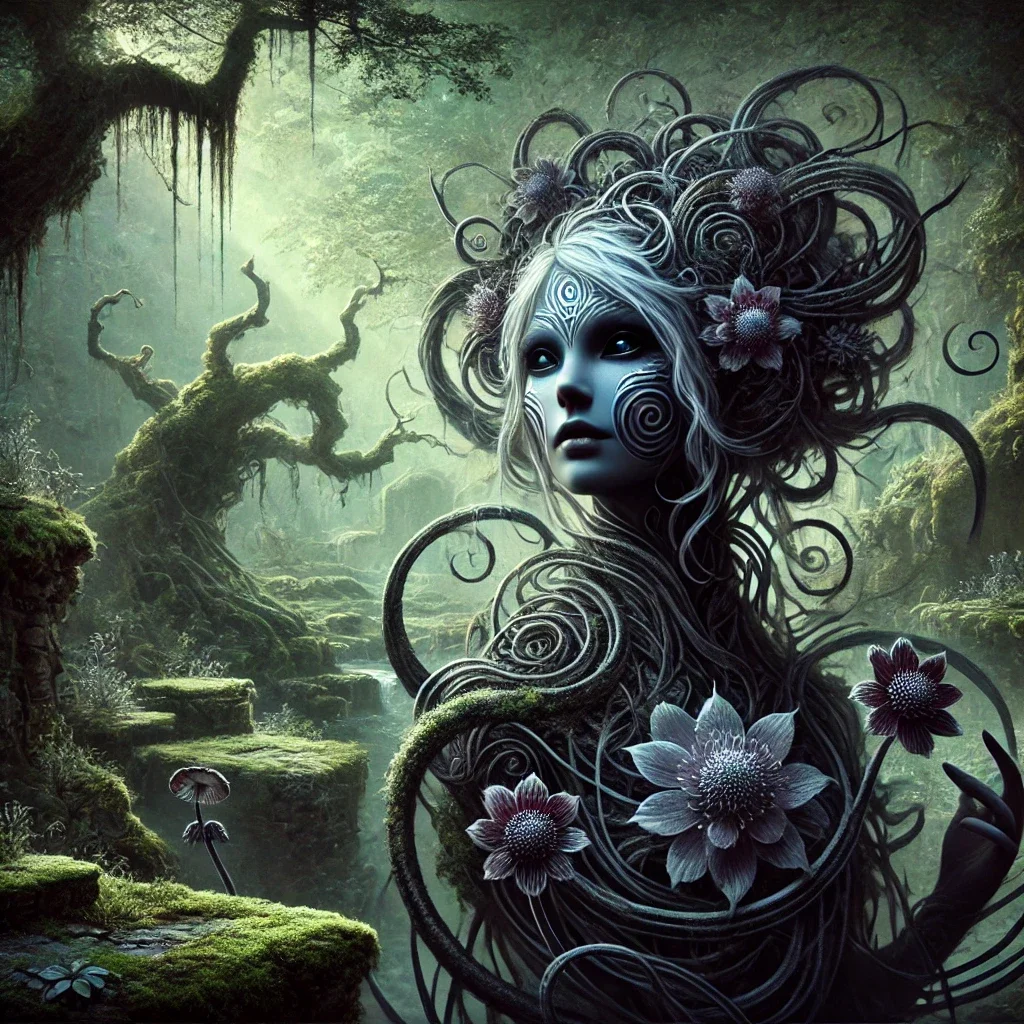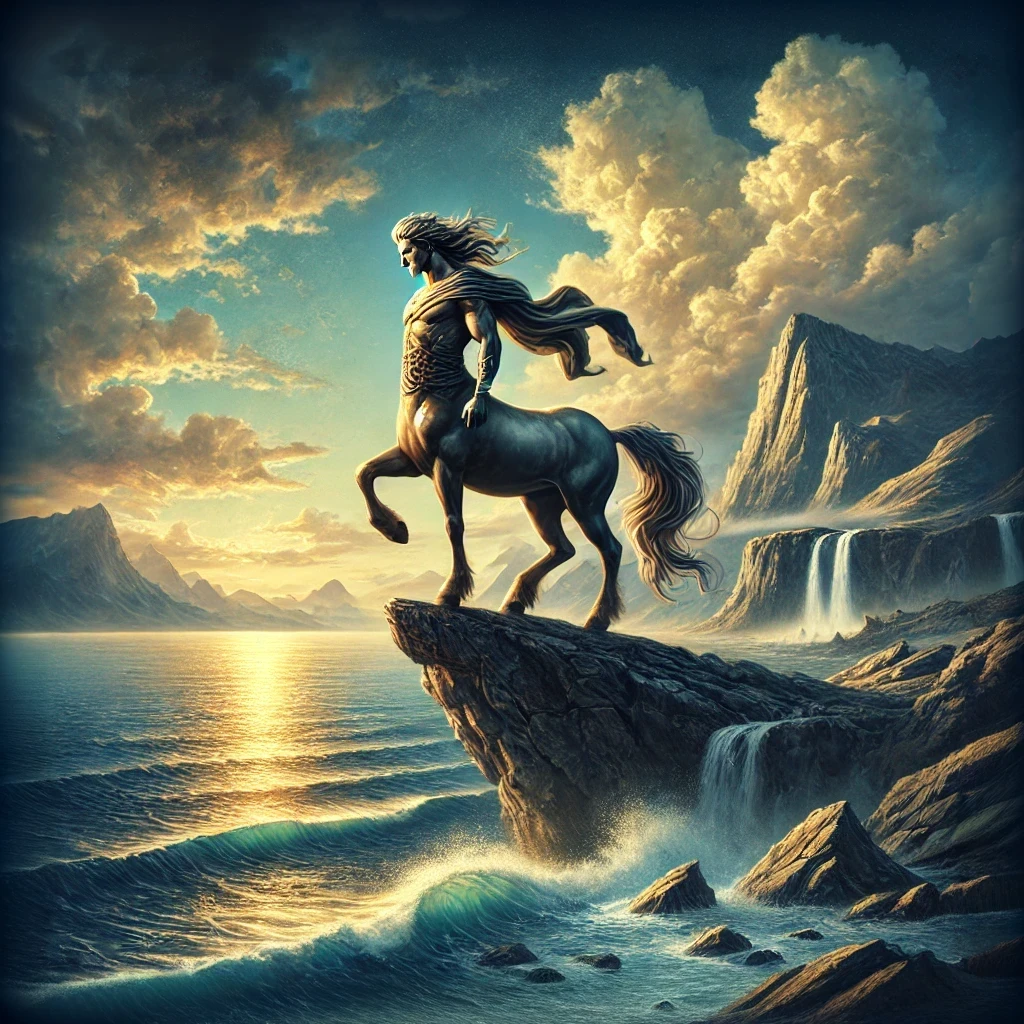The basilisk, a name derived from the Greek basiliskos meaning “little king,” occupies a unique and terrifying space in the annals of mythology. Often dubbed the “king of serpents,” this creature of legend was not merely a large snake, but a being of immense power and deadly influence. Its very gaze was believed to bring death, its breath to wither plants and crack stone. This creature’s reign of terror in the imaginations of people across cultures and centuries underscores its lasting impact on human consciousness.

Origins
The origins of the basilisk myth are shrouded in the mists of time, intertwining with early natural history observations and cultural anxieties about the natural world.
Classical Accounts
The earliest known accounts of the basilisk appear in the writings of Pliny the Elder in his Natural History (circa 77-79 AD). He describes it as a serpent of such potent venom that it withers everything in its path, leaving behind a trail of death and destruction. Pliny’s description, while fantastical, likely draws upon observations of venomous snakes and the very real dangers they posed. He notes, “All serpents avoid it by its smell.”
Medieval Bestiaries
During the medieval period, the basilisk’s image was further embellished in bestiaries, illustrated compendiums of animals both real and imagined. These texts often depicted the basilisk as a monstrous serpent, sometimes crowned, reflecting its title of “king.” The bestiaries emphasized its deadly gaze and its ability to kill with its breath, solidifying its reputation as a creature to be feared.
Appearance
The basilisk’s appearance evolved over time, reflecting cultural influences and artistic interpretations.
Serpent Form
In its most common depiction, the basilisk is a gigantic serpent, often exceeding the size of any known snake. Its scales might be iridescent or darkly colored, and it may possess a crest or crown on its head, signifying its royal status.
Hybrid Forms
In some later depictions, the basilisk takes on a more hybrid form, incorporating features of other creatures. It might be depicted with the head and comb of a rooster, the wings of a bat, and the body of a serpent. This amalgamation of different animal parts further enhances its monstrous and unnatural quality.
Eyes and Gaze
The basilisk’s eyes are a focal point of its terrifying appearance. They are often described as piercing and venomous, capable of inflicting death with a single glance. This deadly gaze became its defining characteristic.
Abilities
The basilisk’s powers extended beyond its fearsome appearance, making it a truly formidable creature.
Deadly Gaze
The most potent of the basilisk’s abilities is its deadly gaze. It was believed that anyone who met the basilisk’s eyes would instantly die. This power made it a creature to be avoided at all costs.
Poisonous Breath
In addition to its gaze, the basilisk’s breath was also considered poisonous. It was said to be so toxic that it could wither plants, crack stones, and even kill birds flying overhead.
Petrification
Some legends ascribe the power of petrification to the basilisk, turning living beings to stone. This ability further amplifies its destructive nature and its association with death and decay.
Habitat
The basilisk was typically believed to inhabit desolate and inhospitable places, reflecting its association with death and destruction.
Caves and Deserts
Basilisks were often said to dwell in dark caves, hidden from the light of day. They were also associated with deserts and other barren landscapes, places where life struggled to survive.
Underground Lairs
The idea of the basilisk lurking in underground lairs added to its mystique and its fearsome reputation. These hidden lairs became places of dread, avoided by humans and animals alike.
Legends
Numerous legends and tales recount encounters with the basilisk, often highlighting the bravery and cunning required to defeat it.
The Mirror Shield
One of the most famous legends involves the hero Perseus, who used a mirrored shield to slay Medusa. In some versions of the myth, Medusa’s gaze is likened to that of the basilisk, and the mirrored shield protects Perseus from her deadly power. This motif of using reflection to overcome the basilisk appears in other stories as well.
Cunning and Strategy
Other legends tell of clever individuals who used their wits to defeat the basilisk. They might use traps, or exploit the basilisk’s weakness to its own reflection, turning its deadly gaze back upon itself.
Symbolism
The basilisk’s symbolism is rich and multifaceted, reflecting its complex nature and its place in human imagination.
Death and Destruction
The basilisk is primarily a symbol of death and destruction. Its deadly gaze and poisonous breath made it a creature to be feared, embodying the destructive forces of nature.
Evil and Corruption
In some interpretations, the basilisk represents evil and corruption. Its association with darkness and decay links it to the darker aspects of human nature.
Royal Power
Despite its negative connotations, the basilisk’s title of “king” also suggests a connection to royal power. This association might reflect the awe and fear that rulers inspired in their subjects.
Worship
While not “worshiped” in the traditional sense, the basilisk inspired fear and awe, which in some cultures might have manifested as a form of reluctant reverence.
Aversion and Fear
The primary response to the basilisk was one of aversion and fear. People sought to avoid it at all costs, and its presence was seen as a sign of ill omen.
Protective Charms
In some cultures, people might have used protective charms or amulets to ward off the basilisk’s evil influence. These charms might depict other powerful creatures or symbols of protection.
Associations
The basilisk is often associated with other dangerous or mythical creatures, as well as certain deities.
Serpents and Dragons
The basilisk’s serpentine form naturally connects it to other serpents and dragons in mythology. These creatures often share similar characteristics, such as venomous bites, destructive powers, and associations with evil.
Chthonic Deities
The basilisk’s association with darkness and the underworld links it to chthonic deities, gods and goddesses associated with the earth, death, and the afterlife.
Legacy
The basilisk’s legacy extends beyond ancient myths and legends, influencing literature, art, and popular culture.
Literary Symbol
The basilisk has appeared in numerous works of literature, from classical texts to modern fantasy novels. Its presence often symbolizes danger, death, or the darker aspects of human nature.
Artistic Depictions
The basilisk has also been a popular subject in art, appearing in medieval bestiaries, Renaissance paintings, and other artistic mediums. These depictions often capture the creature’s monstrous appearance and its terrifying power.
Modern Interpretations
In modern times, the basilisk continues to fascinate and inspire. It appears in popular fantasy fiction, video games, and films, often retaining its deadly gaze and its association with evil. The enduring appeal of the basilisk speaks to its powerful hold on the human imagination, a testament to the enduring power of myth and legend.
Trivia
1. The Basilisk’s Mirror Weakness: The idea of using a mirror to defeat the basilisk originates from medieval bestiaries, which claimed that the creature’s own gaze could kill it if reflected back. This concept influenced later tales, including the Roman sewer legend.
2. Alchemical Symbolism: In alchemy, the basilisk was often associated with the philosopher’s stone, representing the transformative power of destruction and creation. Its venom was sometimes metaphorically linked to the elixir of life.
3. Shakespeare’s Reference: William Shakespeare mentioned the basilisk in Richard III, where the titular character compares his own deadly influence to the creature’s lethal gaze, showcasing its cultural resonance in Elizabethan England.
4. The Rooster’s Egg Myth: The belief that the basilisk hatched from a rooster’s egg incubated by a toad was so widespread in medieval Europe that people would inspect eggs for unusual markings to prevent the creature’s birth.
5. The Weasel’s Immunity: Ancient texts claim that weasels were the only creatures immune to the basilisk’s deadly powers. Some stories even describe weasels hunting and killing the serpent, symbolizing the triumph of life over death.
6. The Basilisk in Heraldry: The basilisk occasionally appeared in medieval heraldry, symbolizing terror and invincibility. It was often depicted with a rooster’s head and a serpent’s tail, blending its hybrid traits.
7. A Symbol of Plague: During the Black Death, the basilisk was sometimes blamed for spreading the plague, as its breath was said to poison the air. This association reinforced its role as a harbinger of disaster.
8. The Basilisk and the Phoenix: In some traditions, the basilisk and the phoenix were considered opposites—the former representing death and decay, the latter symbolizing rebirth and renewal.
9. The Basilisk in Early Medicine: Medieval physicians believed that basilisk ashes or powdered remains could cure ailments or serve as a potent antidote to poison, though obtaining such ingredients was purely mythical.
10. The Basilisk’s Literary Cousin: The basilisk inspired the creation of the cockatrice, a similar creature from English folklore. While the two are often conflated, the cockatrice is distinct in its origins and symbolism.



